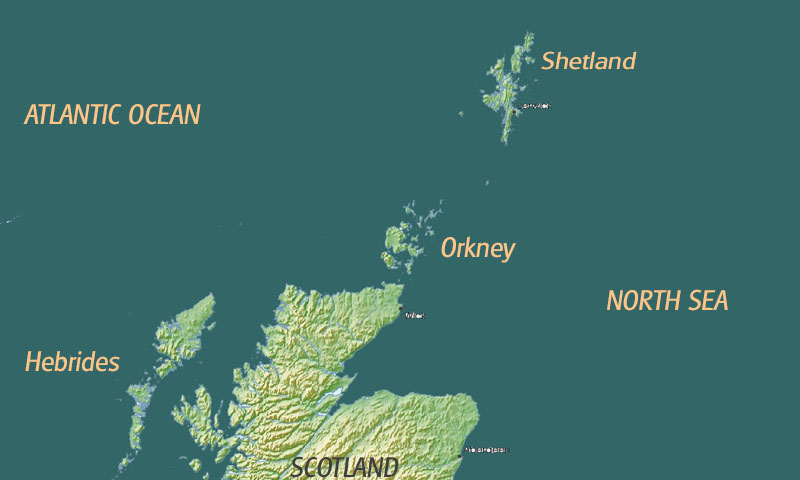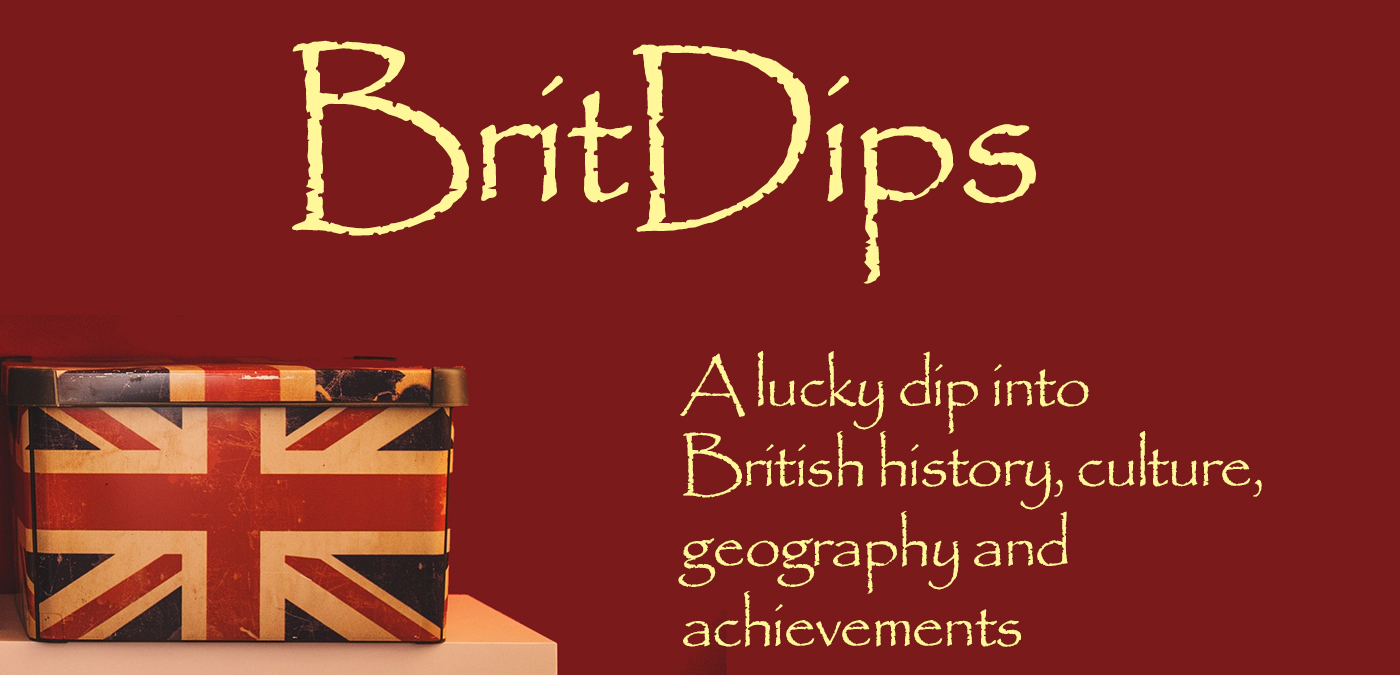
The Hebrides, Orkney and Shetland Islands
There are hundreds of islands, reefs, sea-stacks and islets around the Scottish coastline. Some have a long Viking history discernible in their culture, dialect and place-names, and the Norsemen’s zealous tree-felling is sometimes put forward as the reason the islands have few trees. However, the harsh, oceanic weather and rocky terrain are undoubted factors. Nevertheless, livestock farming, fishing, tourism and North Sea oil processes keep the small population occupied. However, seabird and sheep numbers tend to outweigh those of humans!
There are three main groups of islands, rich sources of archaeological discoveries, as follows:-
The Hebrides – 200 islands, of which 50 are inhabited, including Scotland’s largest island, Lewis & Harris. Population 45,000 on a total area of 2,800 sq.miles. Split into ‘Outer’ and ‘Inner’ Hebrides by the Sea of the Hebrides and The Minch. Stornoway is the main town. The Outer Hebrides has the UK’s highest lighthouse (682ft. above sea level) and the tallest sheer cliffs (1,400ft.).
The Orkney Islands – 70 islands, 20 inhabited. Population 21,300 on 380 sq.miles in total. The main town is Kirkwall.
The Shetland Islands – 100 islands, 15 inhabited. Population 23,000 on 567 sq.miles in total. The main town is Lerwick. Both Shetland and Orkney name their biggest island ‘Mainland’. Shetland has the UK’s northernmost inhabited island of Unst.
(Image: mapswire.com / CC BY 4.0)
